Lastly we're going to study how Calcifer will behave once it is out of hydrogen in its core, in other words; when it leaves the main sequence. As it is a relatively small star Calcifer will end up as a white dwarf, it simply does not have the size to drive fusion in the way neccesary to fuse beyond oxygen. The mass required in order for this to occur is around \(8M_{\odot}\), meanwhile Calcifer has a mere \(0.68M_{\odot}\). Alas, it still has an interesting journey out from the main sequence and to its inevitable resting plae as a white dwarf, unless it gains excess mass post morum, which we can look at later when we're determining the mass of the dead star.
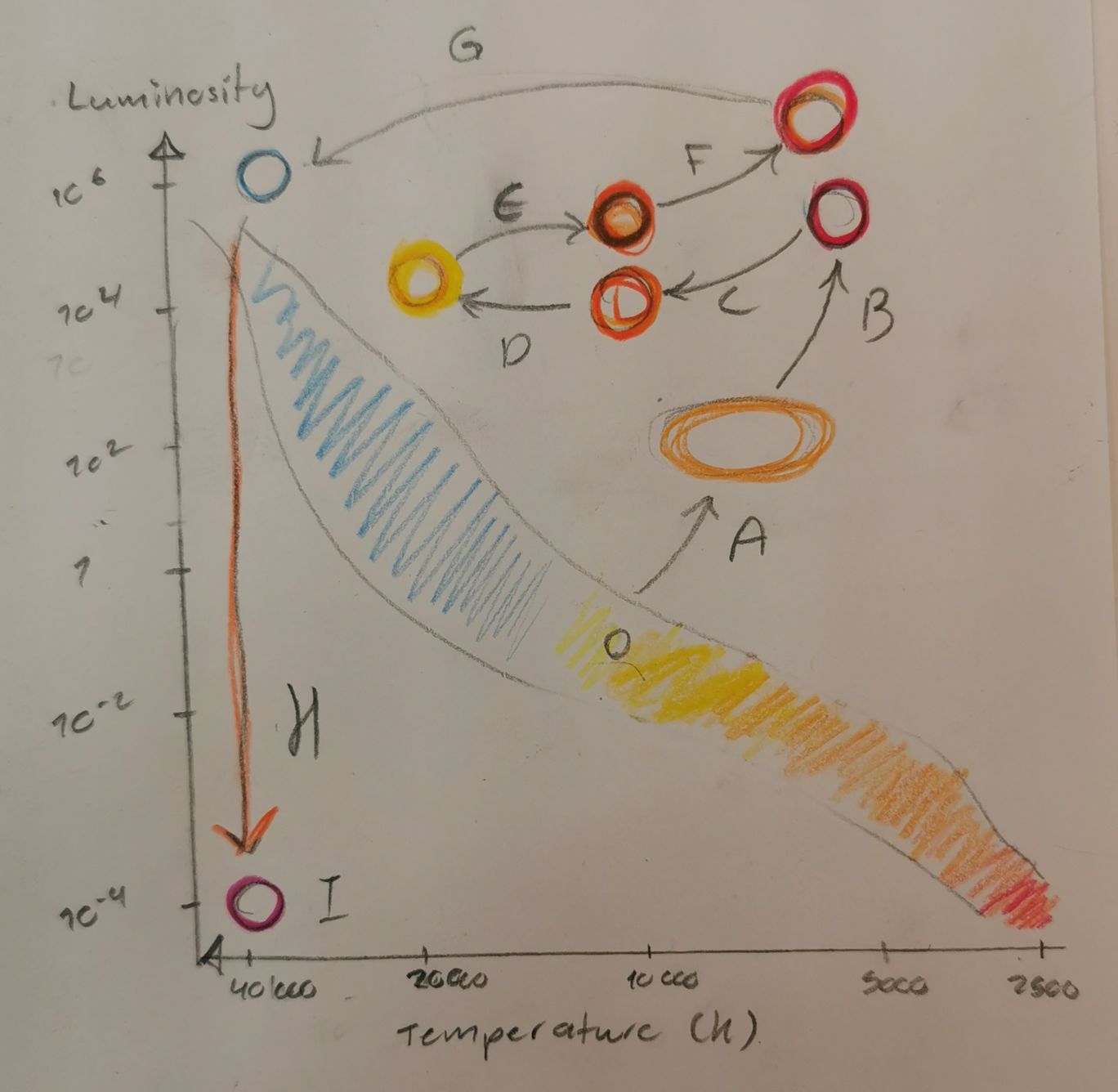
A) Super giant
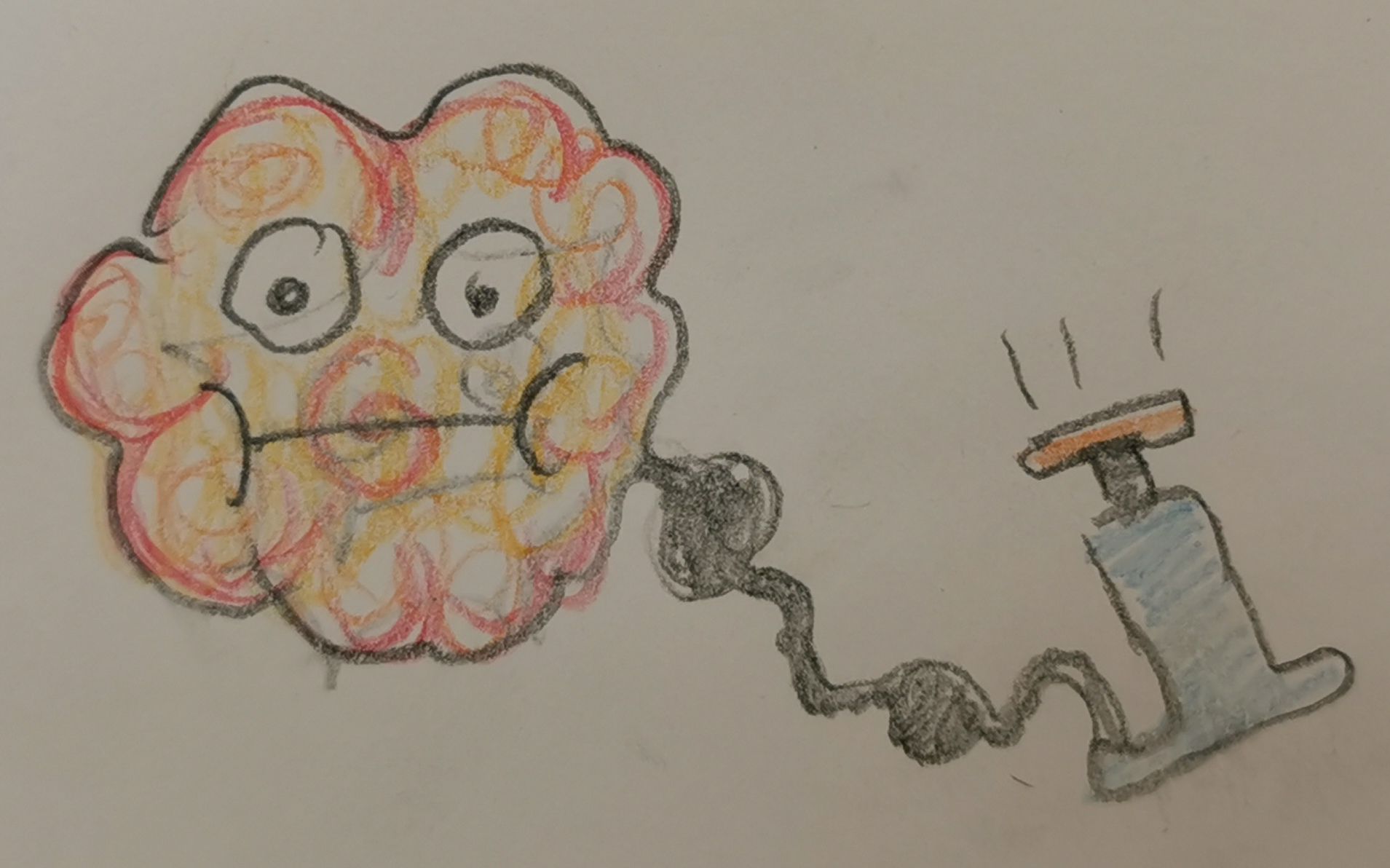
The first step out of the main sequence is triggered by heliunm ceasing to be readily available in the core of the star. This means the core no longer has ongoing fusion, as the temperature required to trigger helium fusion, is orders of magnitude greater than hydrogen fusion. To put it into context; the two most normal forms of hydrogen fusion: pp- and- CNO- fusion occur at about 15-20*106K, while \(3\alpha\) Helium fusion doesn't occur until we reach a mindboggling 108 degrees Kelvin! This means the core is crushed together, this occurs cause the core needs to maintain hydrostatic equalibrium to avoid the whole star collapsing, and the only way to do this when the pressure from fusion is gone, is to increase the pressure and by proxy the temperature in the core. While this is happening the area around the core will have achieved a high enough temperature to be able to start fusing hydrogen into helium, the fusion occuring over a much larger volume has two consequences; the luminocity rises a lot, and the pressure from fusion becomes vastly increased. This will force the outer layers of the star to expand immencely. This means the heat throughout the surface of the star is divided over a much greater area and thus the surface becomes a lot cooler. Although the luminocity has increased a lot, the colour will turn red due to this pretty drastic drop in surface temperature, and the star has become a red giant.
B) Red giant / Convection transport

After a while the star will go from transporting the fusion energy via radiation to doing it via convection, throughout the star. Where the innermost parts of the star flow in currents from near the centre all the way to the surface. This occures since the star is very cold compared to earlier phases at this point, it's surface temperature being a mere 2500K, however, since the convection transport is a more effective means of transporting energy than radiation within the star, its luminosity will rise. The surface temperature won't actually change due to the convection though, so it will remain in this state for a while.
C) The horisontal limit (helium flash)
During the previous two phases the core has continiously been crushed, to the point where the helium has become degenerate matter, which I will tough on towars the end of this entry. The important thing to know about degenerate matter for now is that it is extremely heat conductive, so much so in fact, that if anything with a high enough temperature were to touch the core at this point the entire thing would almost instantainously ignite into helium fusion. And after it has been in the convection phase for a while this is precisely what occurs. The process is known as a helium flash, due to the incredible energy the core produces once it is ignited. This leads to the shell which was conducting hydrogen fusion, to be pushed far enough out to where this process ceases, this then leads to the star's radius decreasing and in turn the surface temperature again increases. Since the fusion again only occurs in the centre of the star the volume of the star in which fusion occurs is reduced leading to the luminocity decreasing.
D) Post flash stabilisation
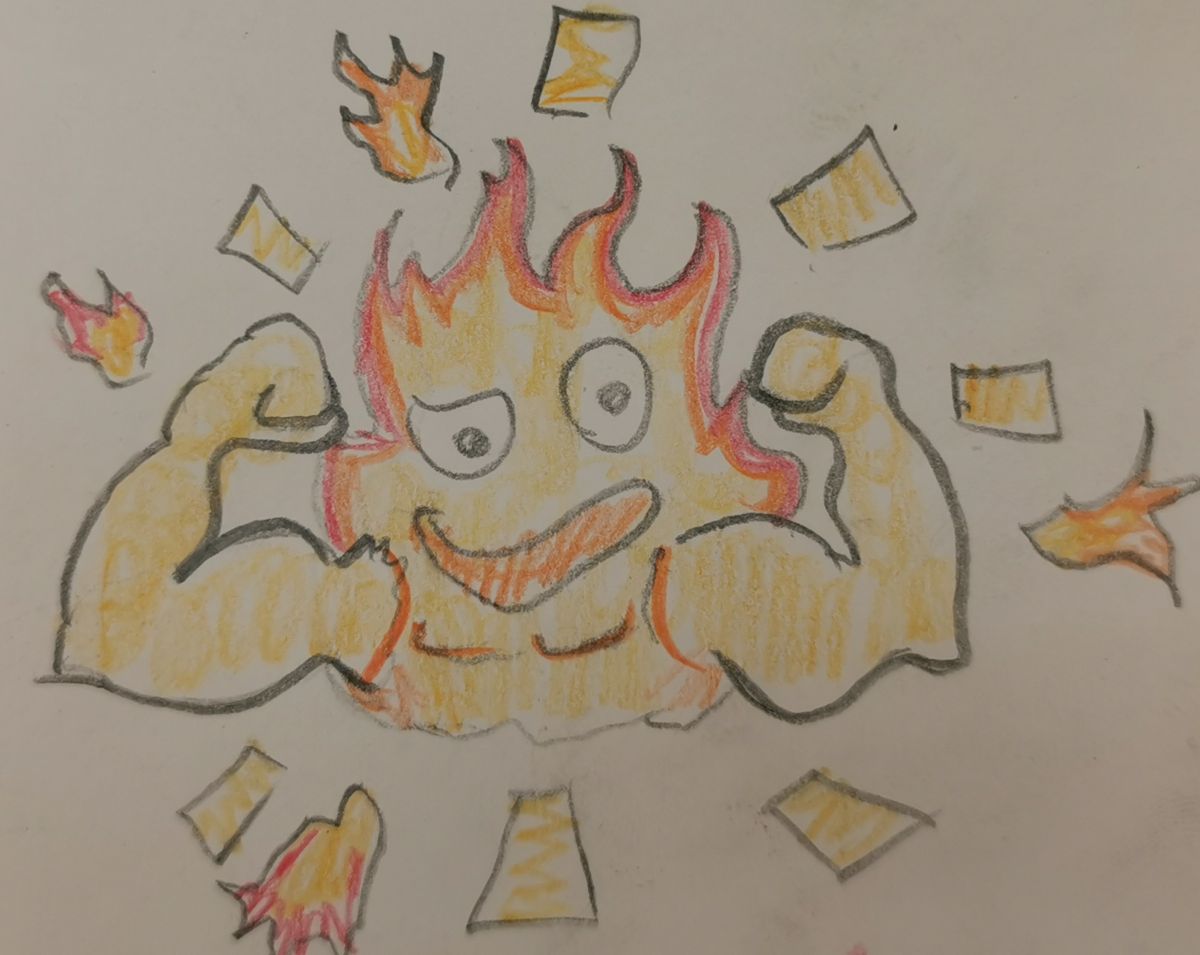
The Helium flash led to the stars core region increasing quite meaningfully in size, but as the process settles the pressure from the fusion will decrease, and the star will start decreasing farther in size. This is due to it being slightly larger than the hydrostatic equalibrium allows, so gravitational forces will pull everything in slowly, as it still has the immense pressure from fusion forcing everything out. The decrease in radius will directly lead to the surface of the star heating as the area the heat is distrubuted over continiously decreases.
E) Carbonising and crushing the core
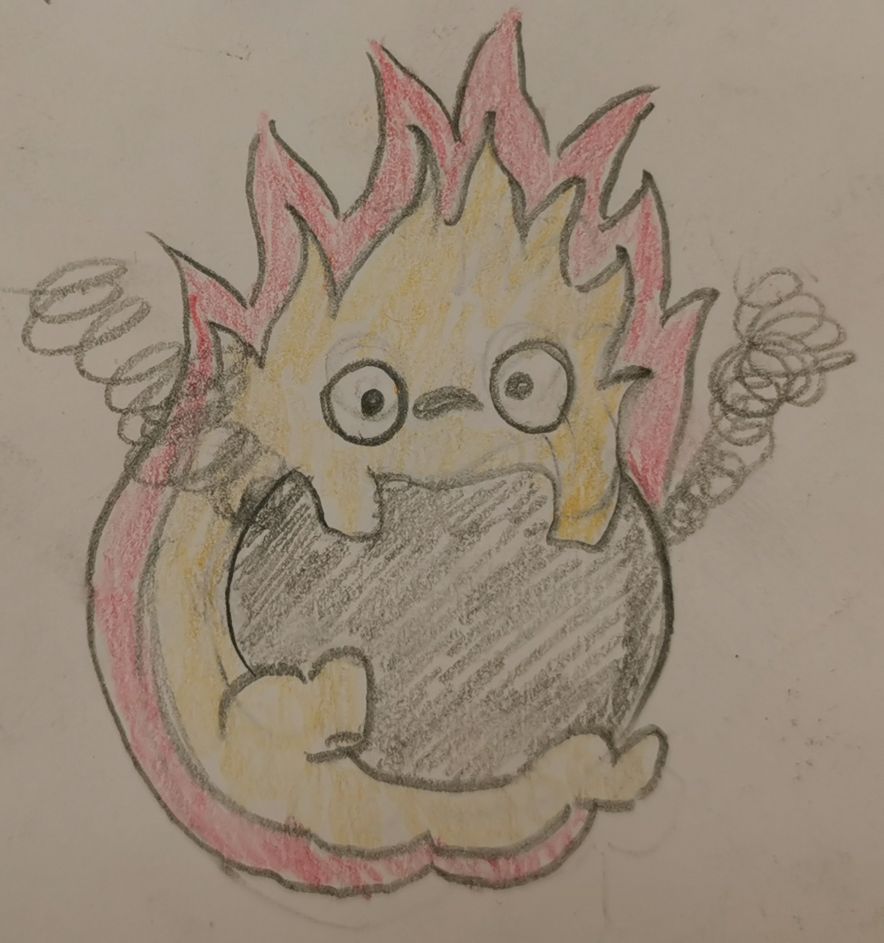
Since the core has now gradually been transforming from mostly Helium into mostly carbon, this means the average molecular weight is steadily going up. We can see this in the expression fro the pressure from fusion: \(P = \frac{\rho k T}{\mu m_H}\) where \(\mu m_H\) is the average molecular weight measured in the weight og a hydrogen atom. We see when this value increases the pressure in the core will decrease, this leads to the incredible gravitational force to again start crushing the core. This will lead to the core temperature again increasing, but the \(3\alpha\) fusion process is way more sencitive to the increase in teperature than either of the fusion processes for hydrogen:
\(\epsilon_{pp}=\rho T_6^4 \ \ ,\ \ \epsilon_{CNO}=\rho T_6^{20} \ ,\ \ \epsilon_{3\alpha}=\rho^2T_8^{41}\), as a consequence of this the pressure from the core will become great enough to again start expanding the radius of the star, and thusly decreasing the surface temperature once more.
F) Asymptotic giant / Supergiant
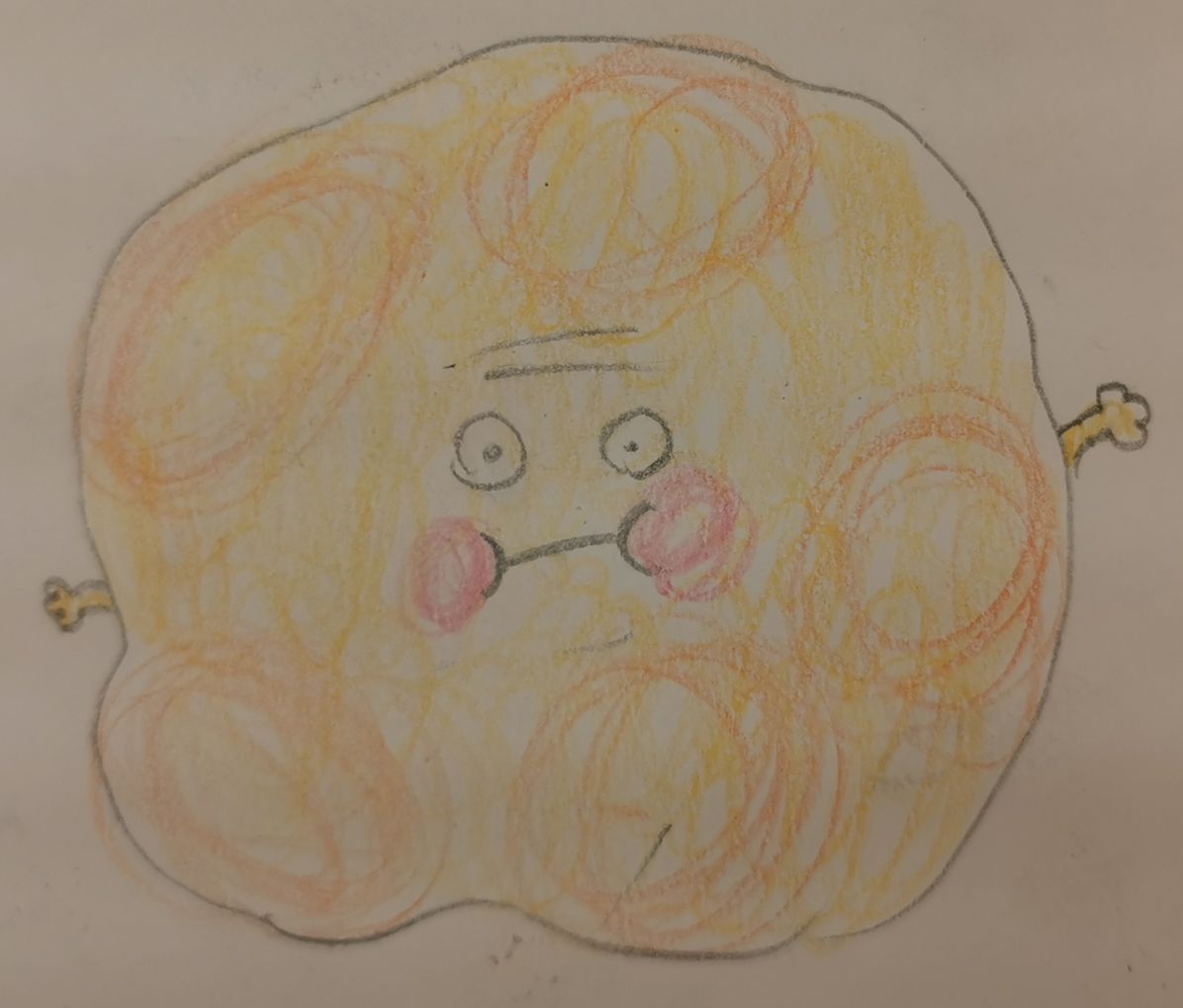
Now we get to the point where helium in the core has ran out, and a process much like when we ran out of helium starts occuring. The core stops its fusion, we get helium fusion in the shell immediately around the core, leading to both luminocity and radius increasing substantially.
G) Degenerate shell
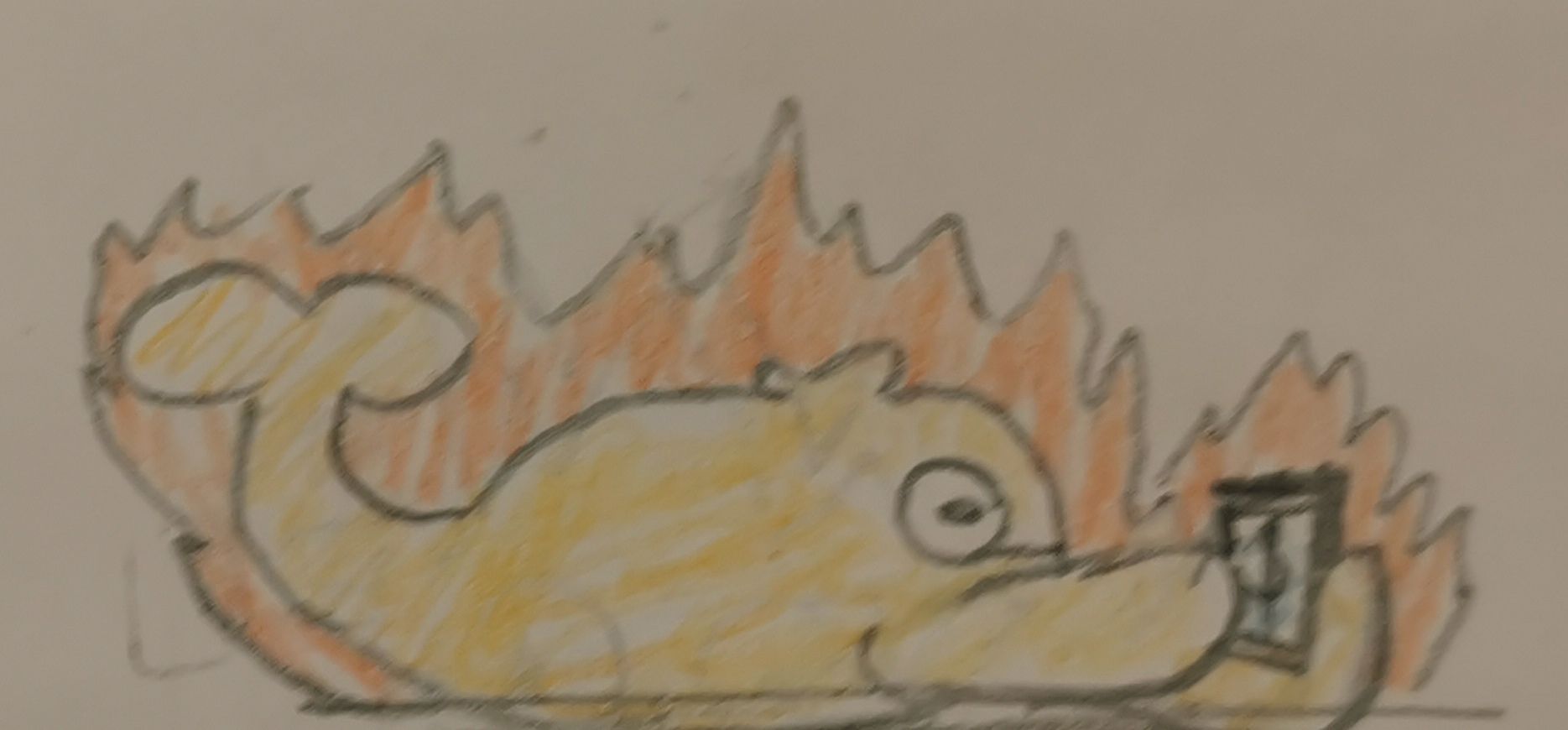
Unlike the case with hydrogen though, the He -> C shell will also become degenerate after a while, and we get Hydrogen to Helium fusion beyond this shell again, this wil over a long period of time also form yet another shell of helium. During all this time the star will have been crushing both the core and He -> C shell and decreased in size, as well as degenerating the two, making the radius smaller, leading to a rising surface temperature, eventually the Helium layer too, becomes degenerated, just like our core did earlier. And just like earlier, when the outside of the shell gets hot enough, which it will with the ongoing hydrogen to helium fusion, we get another helium flash!
H) Helium flash two, explosive boogaloo
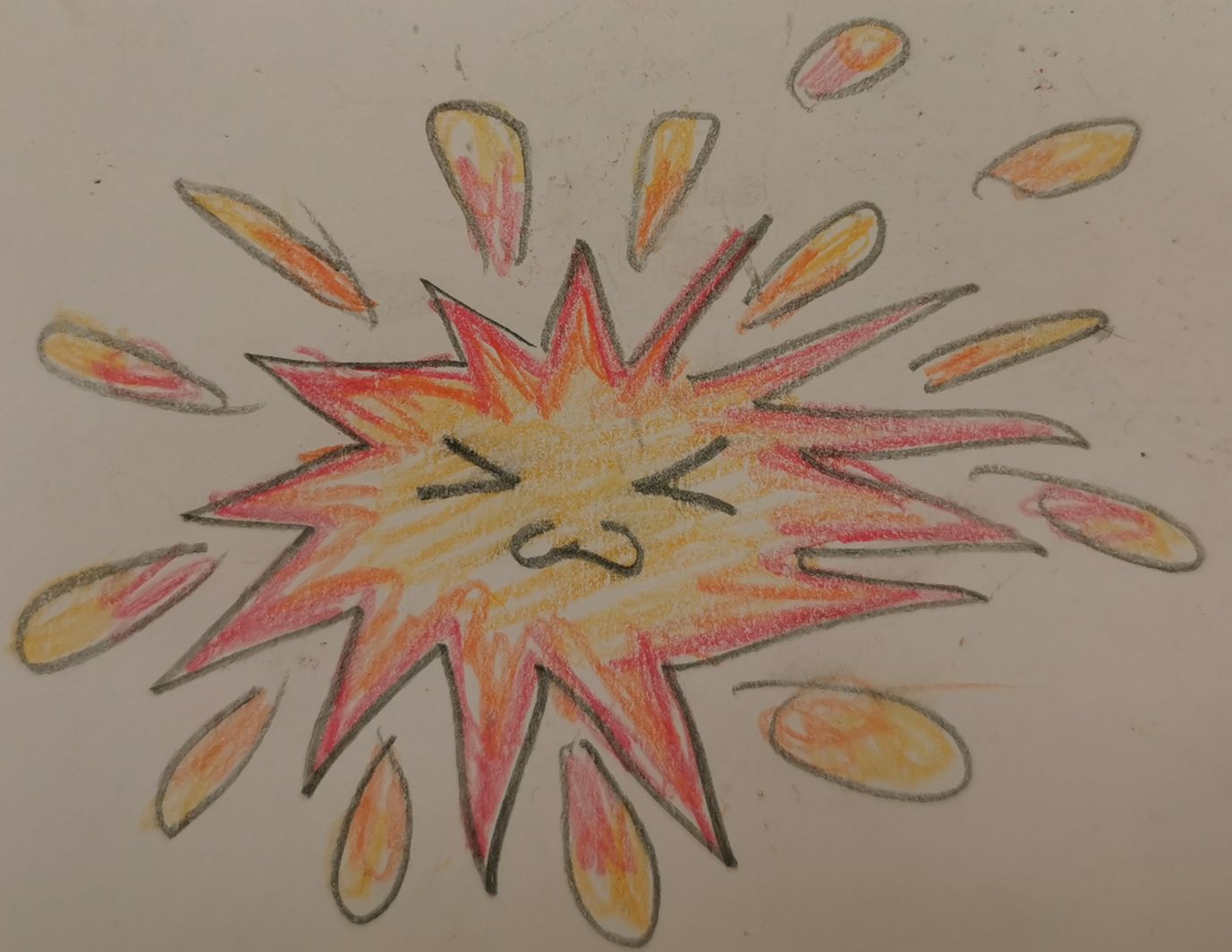
This time, however, is way more spectacular, before we only got inner parts of the star being pushed out from the centre, with no noticable change on the outside. But now Every layer beyond the helium shell gets violently flung away, but not all gets flung far enough away to escape the star's gravitational pull. A big portion gets pulled back in to the degenerate core and the process repeats.
I) The final restingplace

Eventually we are left with an incredibly hot ball of carbon and oxygen, with traces of helium; what used to be the core. It glows white, thereof the name, but no fusion occurs here. It's simply a molten orb floating around in space, cooling ever so slowly, until one day it will only be an incredibly dence ball of carbon and oxygen, unobservable of those far away. But let's look a bit closer at this final phase of the star. How big is it how much does it weigh, how dence is is? Let's start off by finding the size, to do this we need to make a few assumptions along the way. The first one is to assume a uniform density, as this will let us use an approximation for the hydrostatic equalibrium:
\(\frac P R ≈ \frac {GM} {R^2} \frac M {(4/3)πR^3} = \frac {3GM^2}{4πR^5} \ (1)\)
This formula will allow us to find the radius of the star, but it will require some tinkering. Since the core is degenerated we'll be working with the degenerated pressure, and inserting this into the formula will give us the following:
\((\frac 3 π) ^{2/3} \frac{h^2}{20m_e}n_e^{5/3} = \frac {3GM^2}{4πR^4} \ (2)\)
As you see we'll need the electron number dencity (ne) for this, as the electrons are what is degenerated in our cores at the moment. The electron number dencity simply describes the number of electrons per volume. The simplest assumption we can make is that the gass is neutral, this means the proton number dencity is the same as electrons. Meaning there are as many electrons per volume as protons, we can then find ne by:
\(n_e = n_p = \frac {ρ_p} {m_H} = \frac Z A \frac ρ {m_H}.\)
Where Z is how many protons we have per nucleus and A is the number of nucleons per nucleus. ρp reperesents the mass dencity of protons, and if we divide this number by the average mass of hydrogen mH which is approximately equal to the proton mass, we can find the number dencity. However, we have one more nucleon than protons alone here, namely neutrons, in gasses as light as the ones in our star we can quite comfortably assume about half the number of nucleons are protons and the other half is neutrons, therefore the anmount of protons (Z) divide by the number of total nucleons (A) will be equal to 0.5. Inserting these into the expression over (1), as well as doing some algebraic magic we get an expression for R
\(R_{WD} ≈ (\frac 3{2π})^{4/3} \frac {h^2}{20m_eG} (\frac Z {Am_H})^{5/3} M^{−1/3}\) (3)
An interesting relation we can extracted from this equation by elevating both sides of the equation to the third power. If we then multiply the mass from the right hand- to the left hand side, we get MR3 ∝ MV = constant, where V is the volume of the white dwarf. What it tells us is; if the mass of a white dwarf increases, the volume decreases. In other words, a white dwarf gets smaller the more mass it gets. We can also extrapolate this from the degenerate equation of state; When more mass is added to the white dwarf, the gravitational force will increase in accordance. As previously mentioned this needs to be balanced out to maintain hydrostatic equalibrium, and with the absence of fusion it can only be attained by an increase in pressure. From the equation of state we see that since there is no temperature dependence, so the only way we could increase the pressure is by increasing the density. In practice this means crushing the existing mass into an even tinier space. So to equalise the added gravitational force more mass brings the white dwarf needs to shrink in order for the pressure to equalise. This means the actual final radius of Calcifer will be critical to know how heavy it will actually be, for convenience sake we'll measure a litre of it, which is equivalent to a cubic metre of it. Luckily we have already made the assumption that the radius is equal to 0.2R, where R = 483 489 908.641 820 43 m, furthermore we know the volume we're after is 1 litre = 1 dm3 = 0.001m^3. Additionally we use
We'll be using the expression (3)
b) the gravitational acceleration on the surface of your white dwarf star.
Schwarzschild
What is this degenerate matter, you may ask?
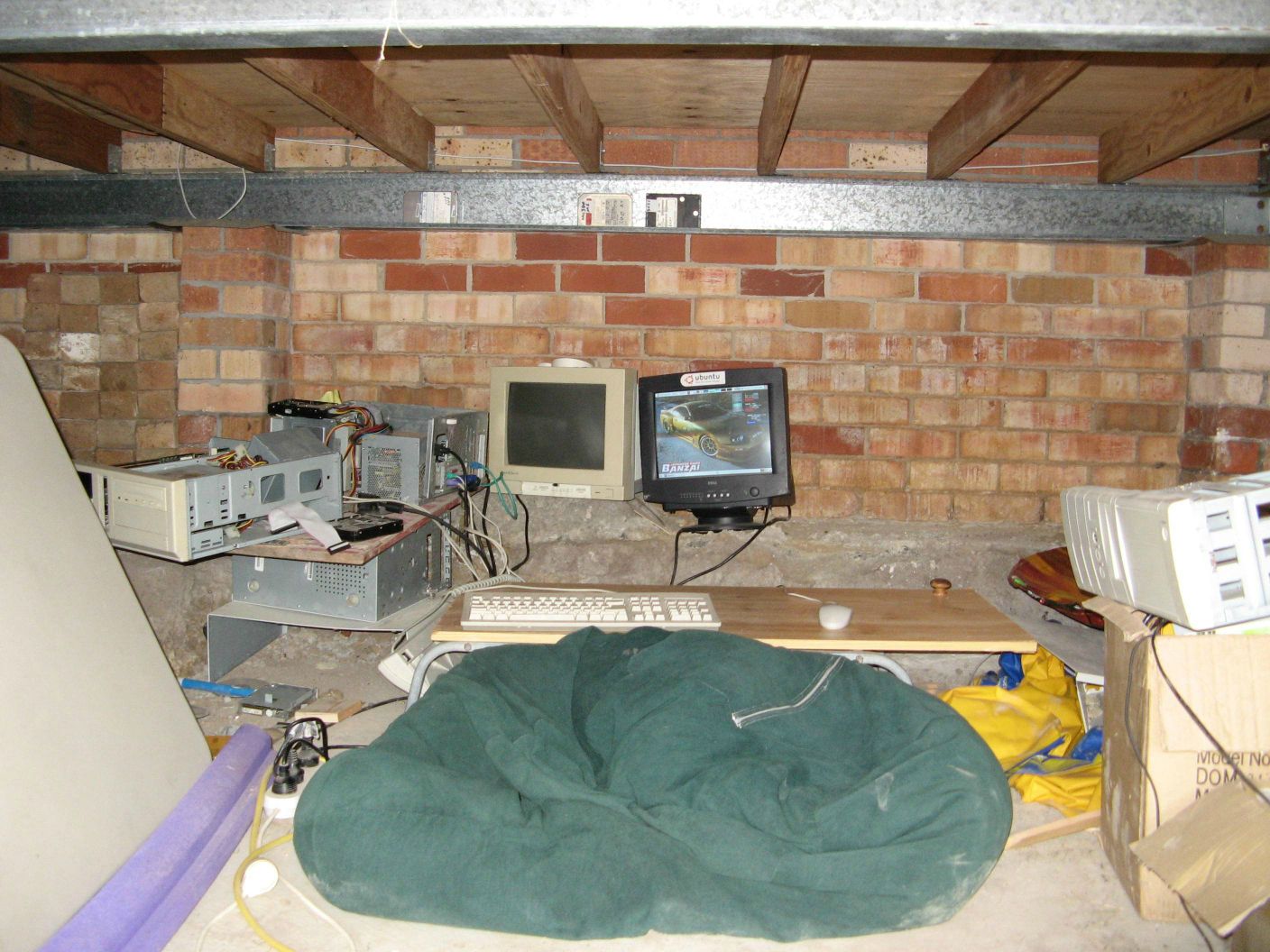

No, degenerate matter is matter where the momentum of every particle withing a given volume is incapable of moving any slower. In practice this is the same as having matter at absolute zero. Imagine you made a grid of how fast each particle within a box was allowed to move, and splot this area into very tiny boxes, only two particles can exist within any given box, and the closer to the centre you are the slower you need to move. However you can never get to the dead centre, think of it like a slow moving carousel, where each horse and carriage around the central pole can only carry two people. You can never acieve a velocity equal zero since the centre of the carouselle is here, but you can get pretty close near it, however say the carousel streched out for a kilometre. the people sitting in their carriages would be going at a comparitively high rate, but still the slowest possible if every carriage between them and the middle was filled.
We have two situations where matter is able to be degenerated; when matter is really cold so the particles don't have the energy to move, and when matter is crushed enough together to where the particles can't move. The latter is similar to how we can pressurise gasses into liquids, but not exactly one to one. We've mentioned a few of the properties of degenerate matter like the insane heat conductivity, however there are multiple stages of degeneration. The one that requires the least energy, if we go at it from the pressure angle, is electron degeneration. This is the type we've been refering to throughout the text, however we can also get degeneration of protons and neutrons, which is what occurs to more massive stars. The pressure here is so incredible the electrons in the outermost parts of the degenerated matter are approaching light speed, so instead of increasing their velocity they start fusing with the protons, which in turn leads to a star turning into a neutron star, similarly white dwarves can be turned into neutron stard if they are given enough matter.